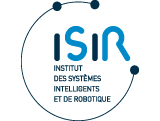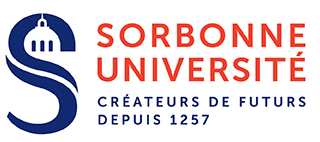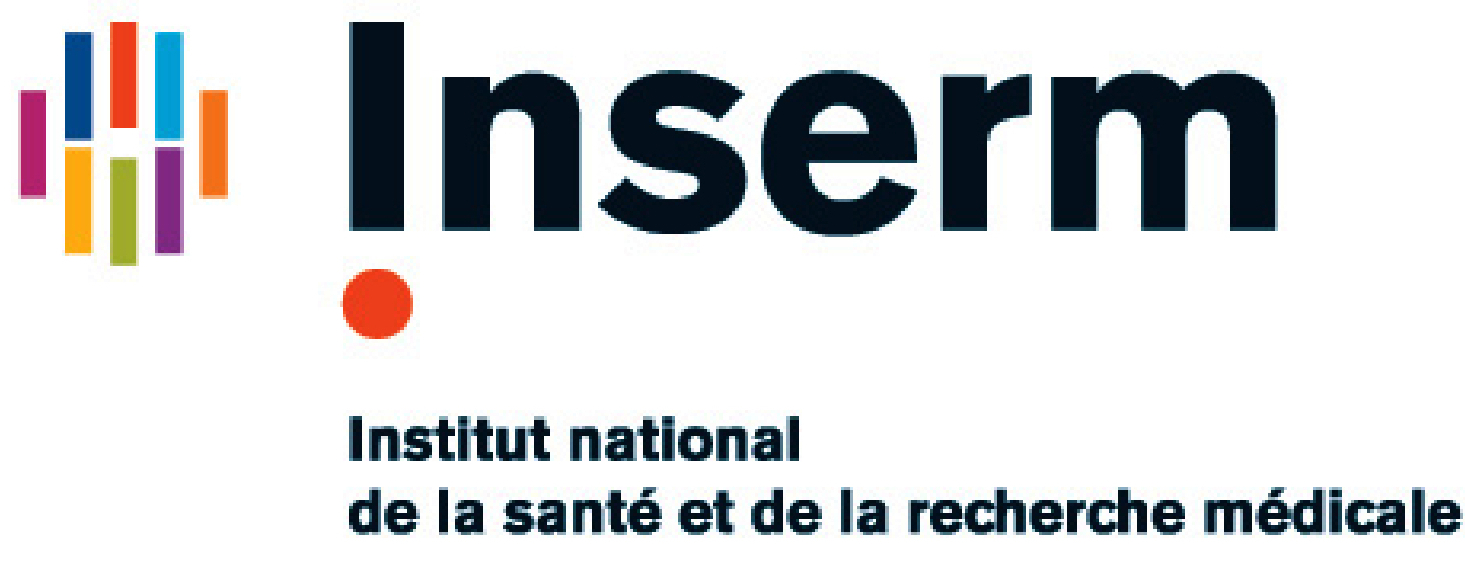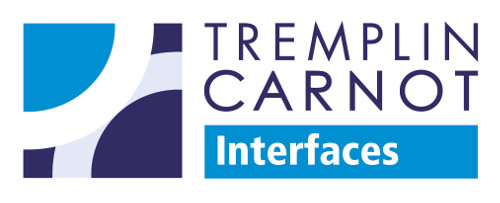A voir également
NeuroCompAtUPMC1

Title : Research Director
Address : 4 place Jussieu, CC 173, 75252 Paris cedex 05
Phone : +33 (0) 1 44 27 28 85
Email : girard(at)isir.upmc.fr
Group : AMAC (AMAC)
1er Symposium des Neurosciences Computationnelles à l'UPMC
Mécanismes multi-échelles en neurosciences : interactions expérimentation - modélisation
17 juin 2015 - Campus Jussieu, Amphi 25

Très actives dans de nombreux laboratoires et équipes de l’UPMC, les neurosciences computationnelles combinent expérimentation et modélisation dans l’exploration des mécanismes causaux responsables des grandes fonctions du cerveau (perception, cognition, motricité, leurs apprentissages et leurs dysfonctions). Les interactions réelles entre expérimentation et modélisation sont fondamentales pour la progression de notre compréhension du système nerveux. En effet, d'une part la modélisation offre un cadre formel quantitatif en permettant une aide à l'interprétation des données et en proposant des prédictions testables expérimentalement. D'autre part, l'expérimentation permet de contraindre les modèles afin qu'ils ne soient pas arbitrairement formels, mais tangiblement enracinés dans la réalité biologique. Au centre de ces deux approches complémentaires, il y a la volonté d'élucider les mécanismes sous-jacents responsables des fonctions physiologiques étudiées, et de comprendre la logique des interactions multi-échelles, des déterminants moléculaires jusqu'à la dynamique des réseaux de neurones.
Cette première journée de rencontre a pour objectif la fertilisation entre les différents acteurs de la communauté des neurosciences computationnelles à l'UPMC, en renforçant les liens existants ou en en suscitant de nouveaux. Elle sera composée d'un ensemble de présentations orales invitées (voir programme ci-dessous) présentant une sélection de collaborations actives à l'UPMC entre expérimentateurs et modélisateurs. Les participants sont invités à présenter des posters de leurs propres travaux, en mettant autant que possible l'accent sur les hypothèses testées, la nature des méthodes employées, et le caractère causal des mécanismes computationnels étudiés.
Organisateurs : Bruno Delord, Philippe Faure, Benoît Girard, Régis Lambert, Laure-Rondi-Reig
Lieu :
Les présentations auront lieu dans l'amphi 25, sur le campus Jussieu.
Les sessions de poster dans le patio attenant.
Inscription :
Les inscriptions sont maintenant fermées.
L'inscription est gratuite, mais le nombre de place est limité.
Inscription par mail à benoit.girard@isir.upmc.fr, en précisant votre nom, affiliation et, le cas échéant, le titre de votre poster, avant le 22 mai 2015.
Programme :
- 9h - 9h30 : R. Lambert (Réseaux de Neurones et Rythmes Physiopatholgiques, IBPS) - Functional connectivity in the somatosensory thalamo-cortical network : multivariate Hawkes processes
- 9h30 - 10h : J. Naudé (Neurophysiologie et Comportement, IBPS) - Computational analysis of uncertainty-driven exploration in mice
- 10h - 10h30 : T. Masquelier (Aging in Vision and Action, IdV) - Spike-based computing and learning in brains, machines, and visual systems in particular
Pause café + posters
- 11h-11h30 : B. Delord (Architecture et Modèles pour l'Adapatation et la Cognition, ISIR) - A biophysical model of Parametric Working Memory in the Prefrontal Cortex
- 11h30 - 12h : D. Salort (Mathematical Modeling in Biology, LCQB) - Some PDE models for neural networks
Repas (buffet) + posters
- 14h - 14h30 : L. Rondi-Reig (Cervelet, Navigation et Mémoire, IBPS) - Functional connectome and computation of sequence-based navigation
- 14h30 - 15h : J. Daunizeau (Motivation Brain Behavior, ICM) - Dynamic Causal Modelling of brain-behaviour relationships
- 15h - 15h30 : M. Khamassi (Architecture et Modèles pour l'Adapatation et la Cognition, ISIR) - Medial prefrontal cortex and the adaptive regulation of reinforcement learning parameters
Pause café + posters
- 16h - 16h30 : P. Faure (Neurophysiologie et Comportement, IBPS) - Decision making in a group of mice
- 16h30 - 17h : G. Viejo (Architecture et Modèles pour l'Adapatation et la Cognition, ISIR) - Modelling choice and reaction time during instrumental learning through the coordination of adaptive working memory and reinforcement learning
Résumés :
Dynamic Causal Modelling of brain-behaviour relationships - J. Daunizeau
Spike-based computing and learning in brains, machines, and visual systems in particular - T. Masquelier
Posters :
- Dopaminergic control of LTD/LTP threshold in prefrontal cortex. Sheynikhovich D, Otani S and Arleo A
- Microsaccades enable efficient synchrony-based visual feature learning and detection. Masquelier T
- Modulation of network excitability by persistent activity: how working memory affects the response to incoming stimuli. Tartaglia EM, Brunel N, Mongillo G
- Thérapie d’exposition en réalité virtuelle à distance dans l’acrophobie. Levy F
-
Modélisation des bases neuronales de la mémoire de travail paramétrique dans le cortex préfrontal. Rodriguez G, Delord B
-
Dynamics of neural excitability. Brette R
-
Neural simulation on a variety of computational hardware. Stimberg M
-
Interfacing central and local movement control. Le Mouel C
-
Origin of the kink of somatic action potentials. Telenczuk M
-
Fast learning with weak synaptic plasticity. Yger P
-
A flexible code: the retina dynamically reallocates its resources to code for complex motion. Deny S
-
Online exploration of the sensitivity of population coding in the retina. Gardella C
-
Characterizing the retina's sensitivity to stimulus perturbations using Fisher information. Ferrari U
-
Place de l'intersubjectivité dans les soins numériques. Soumet-Leman C
-
Modelling rat learning behavior under uncertainty in a non-stationary multi-armed bandit task. Aklil N, Cinotti F, Fresno V, Denoyer L, Coutureau E, Khamassi M, Marchand A, Girard B
-
Generation of neurophysiological data-driven benchmark for evaluation of real time closed-loop systems. Mondragon L
Avec le soutien des UFR de Biologie et d'Ingénierie, du Labex SMART et du Labex Bio-Psy.











